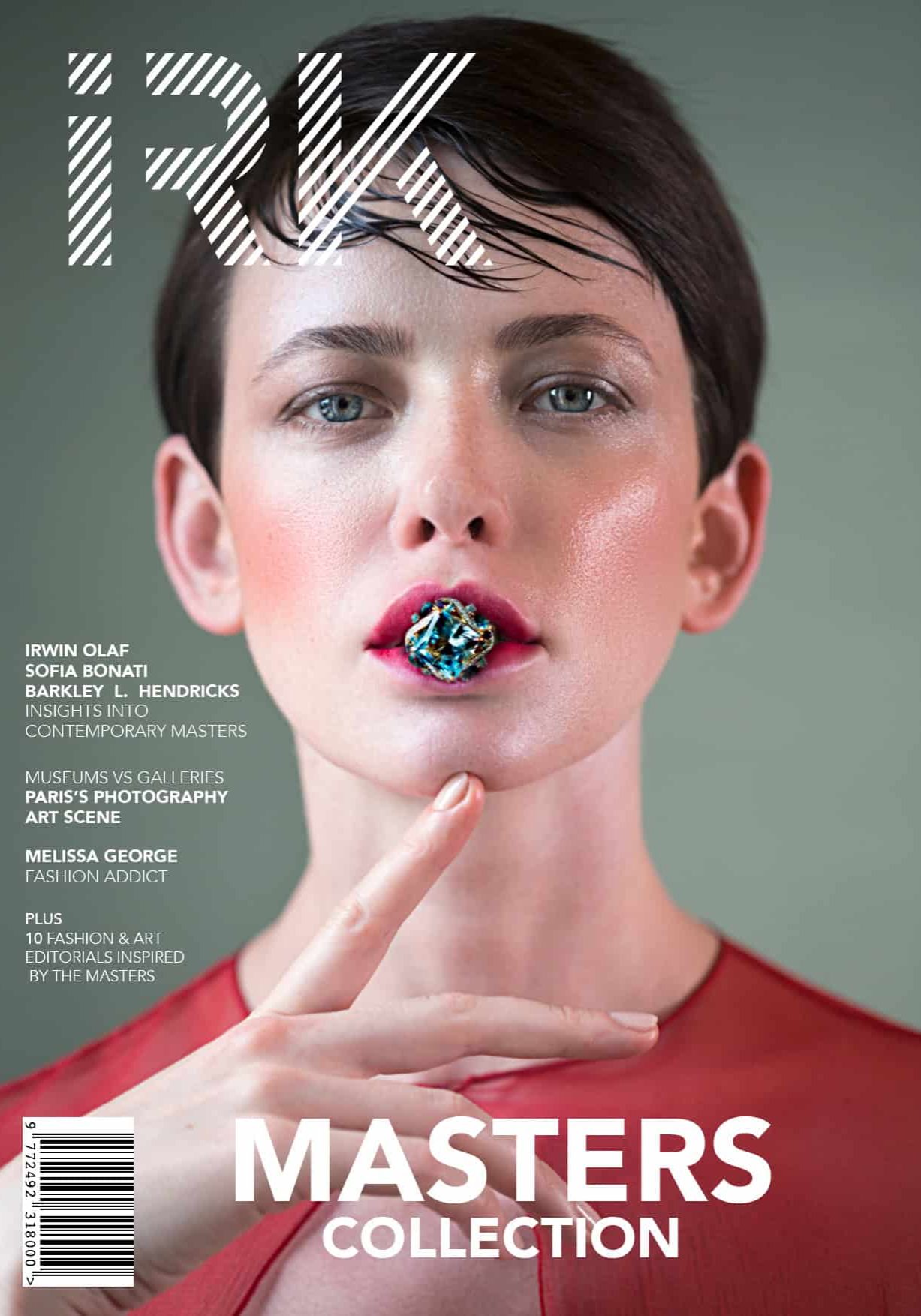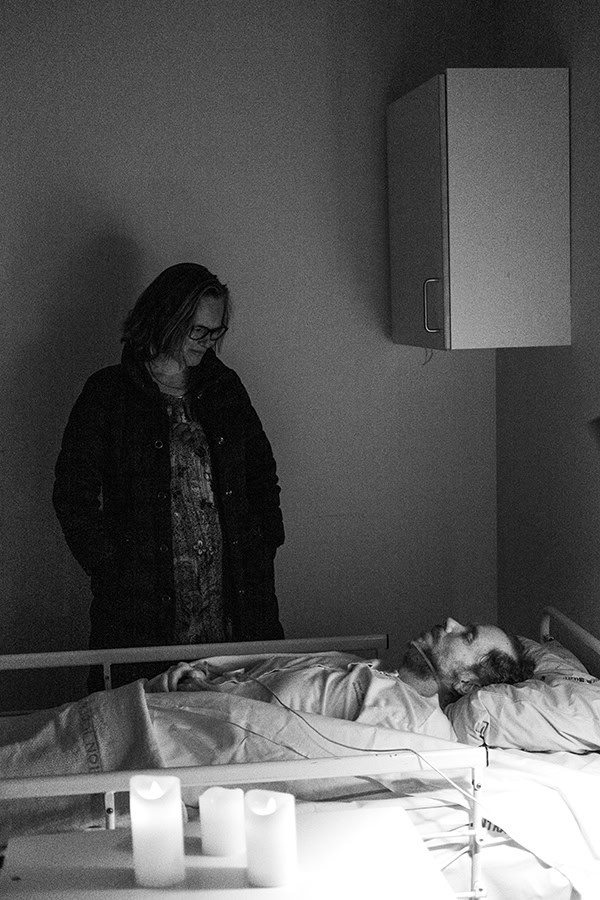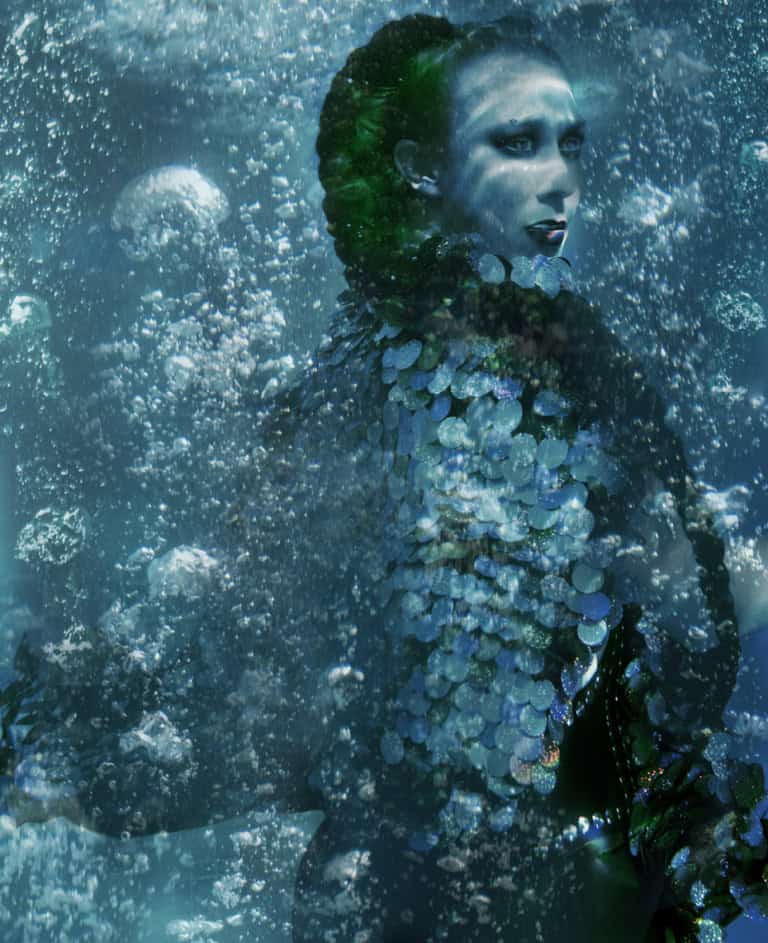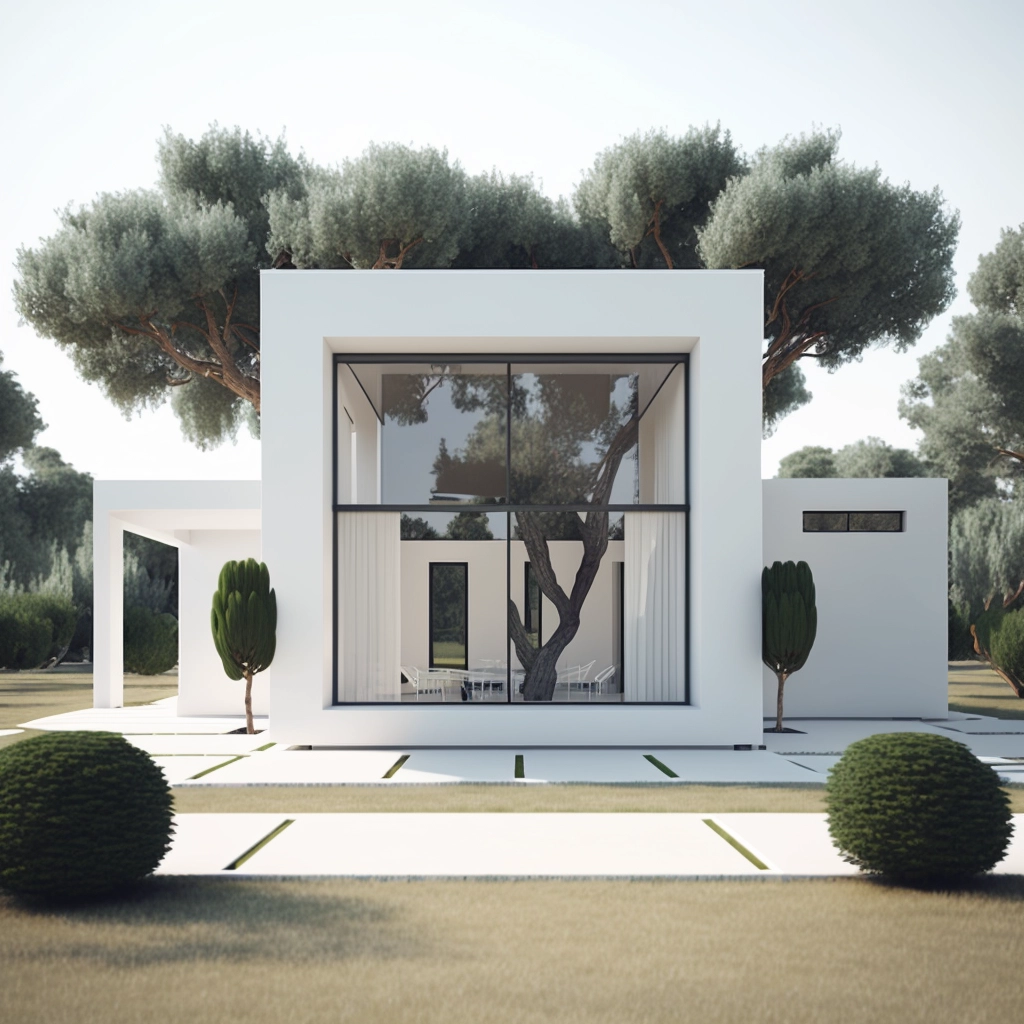
Lost in Translation: AI Misunderstandings Fuels innovation

In the dynamic world of architecture and interior design, the collaboration between humans and artificial intelligence (AI) often encounters moments of miscommunication. Leading to unexpected twists and turns in the creative process. Rather than hindering progress, these instances of AI misunderstandings fuels boundless innovation, transforming spaces in ways we never imagined.
IRK editor-in-chief Julien Crouigneau who is also a photographer and well known product designer for brands including Stark, Louboutin, Shu Uemura, Paco Raban, often uses AI to push limits in fashion, art, design and interior decoration. I sat down with Julien to discuss what he thinks about AI “I have always appreciated the limits of technology. When the 3D printer first came out I was obsessed with the unique texture it offers to its creations. Today AI offers many challenges and is not able to clearly understand our vision however the results are incredible and are changing the way we think. In many ways, AI is training us as much as we are training AI. Julien created these interior design images for a home he is designing in Arles, France.
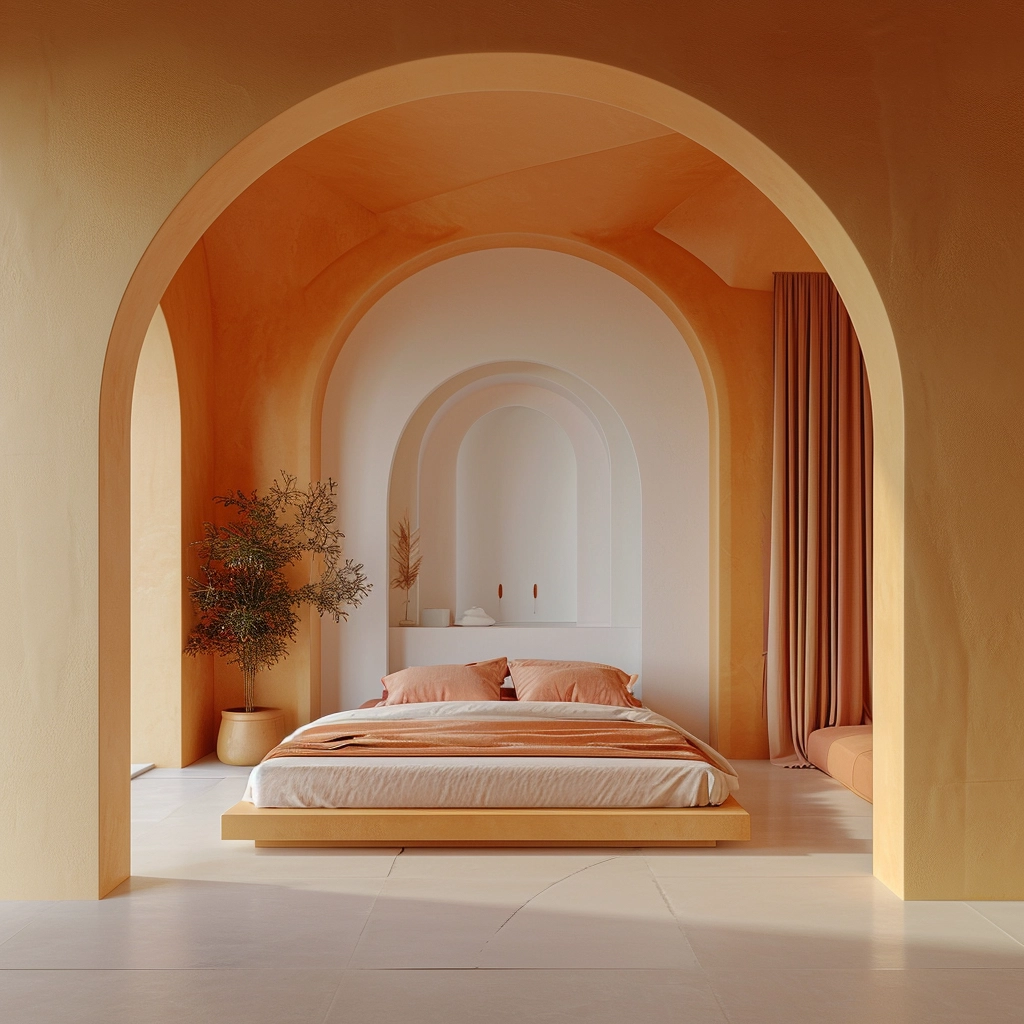
The Language of Aesthetics:
When AI struggles to interpret the subtleties of our design preferences, it sparks a journey into uncharted territory. AI Misunderstandings in the language of aesthetics prompt designers to rethink conventional styles and experiment with novel combinations. Giving rise to eclectic and uniquely personalized spaces.
Julien: “We know where we want to go and then in the process, there are opportunities that occur and one can be inspired to push further or to start creating one’s own vision at a slower but more accurate pace.”
AI’s Quirky Design Proposals:
Misinterpretations by AI algorithms result in design proposals that might seem eccentric at first glance. However, these quirky suggestions often serve as inspirational springboards, pushing designers to consider unconventional elements and break free from the constraints of traditional design norms.
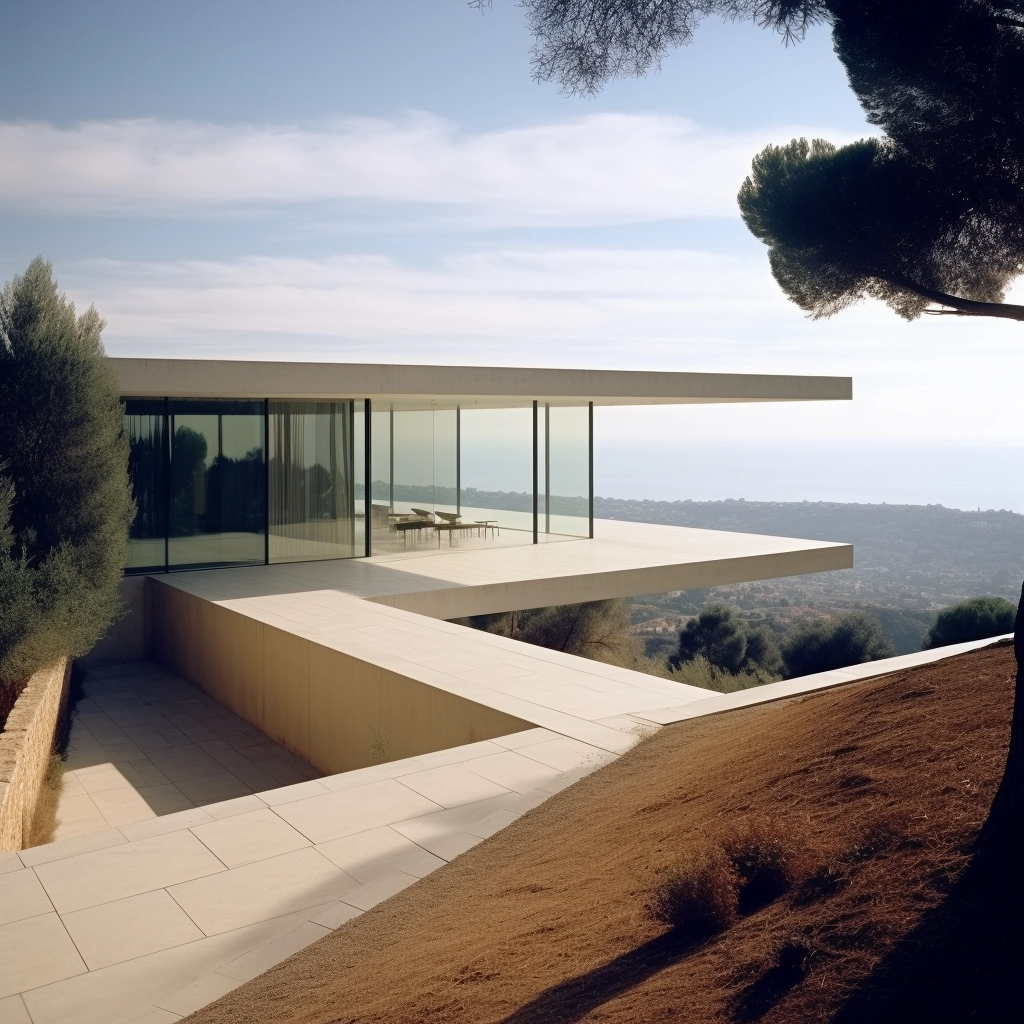
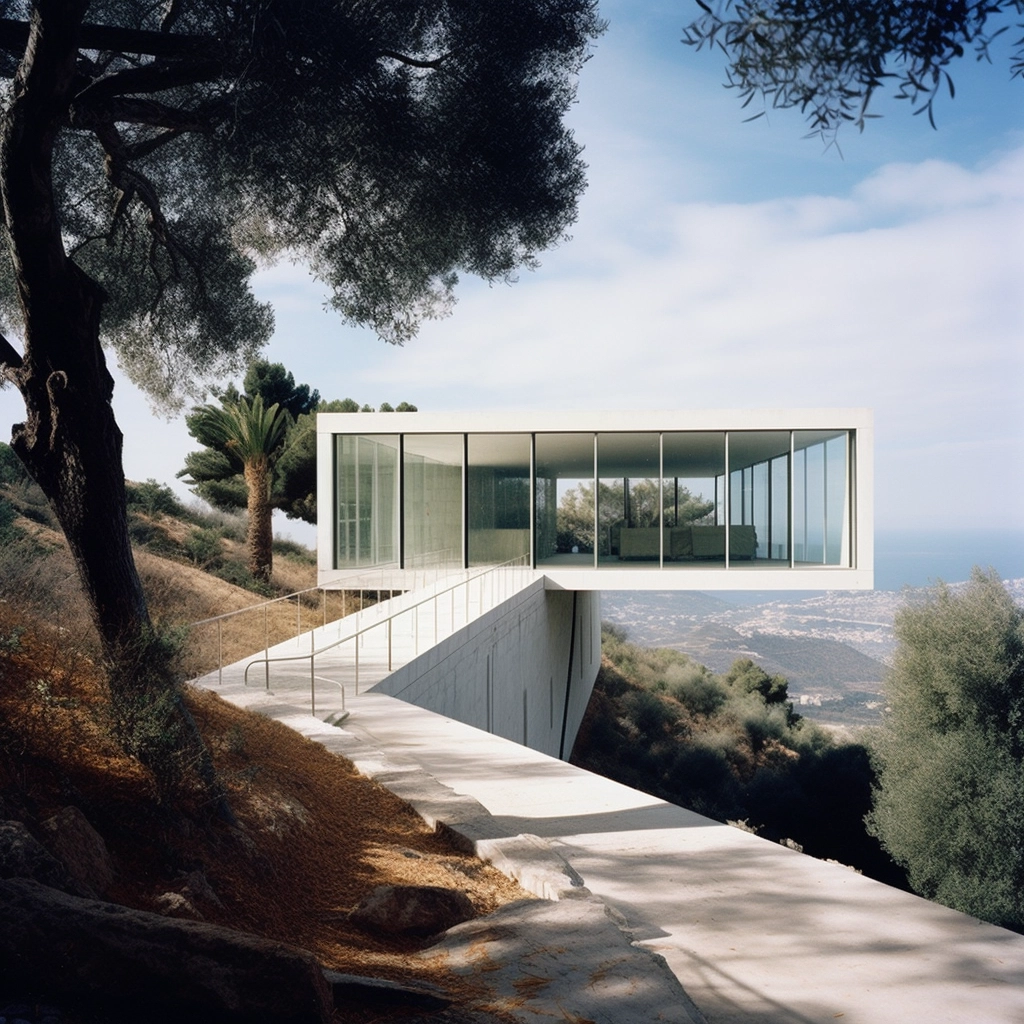
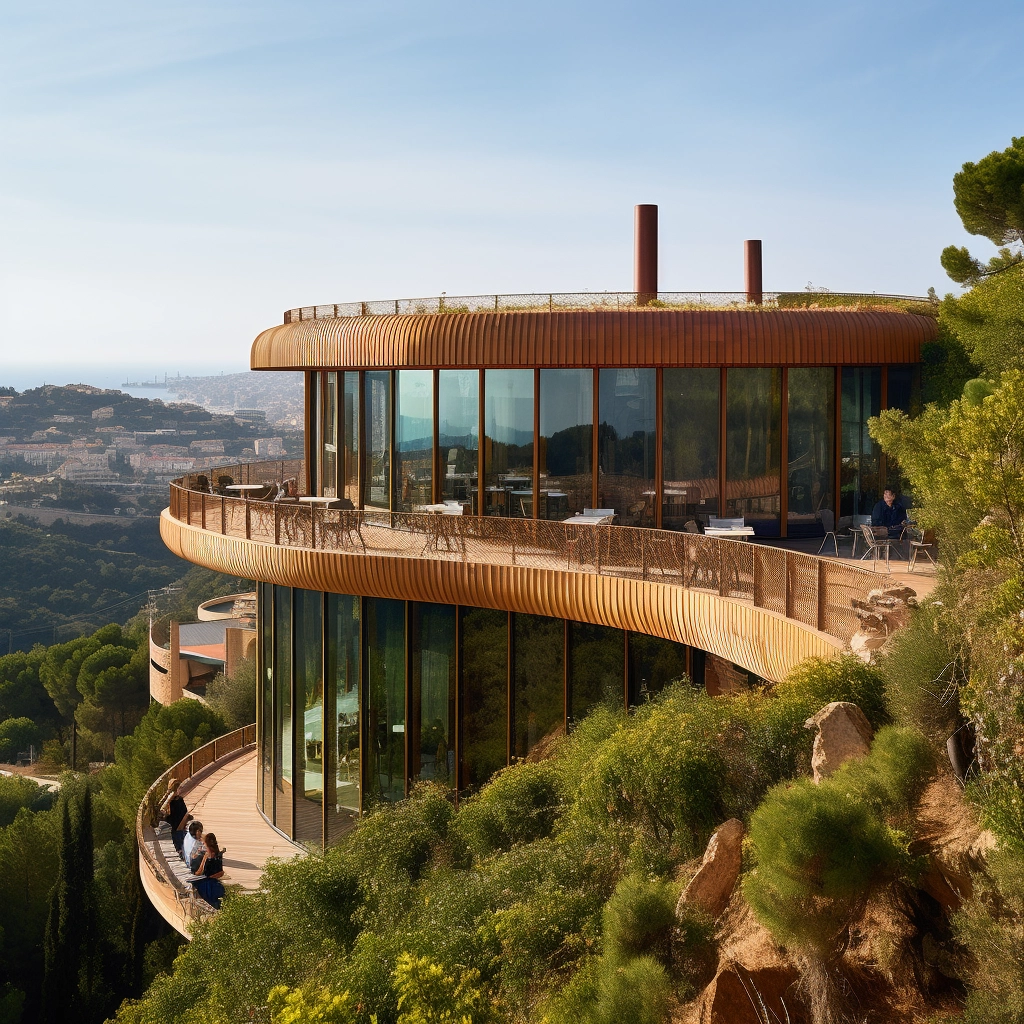
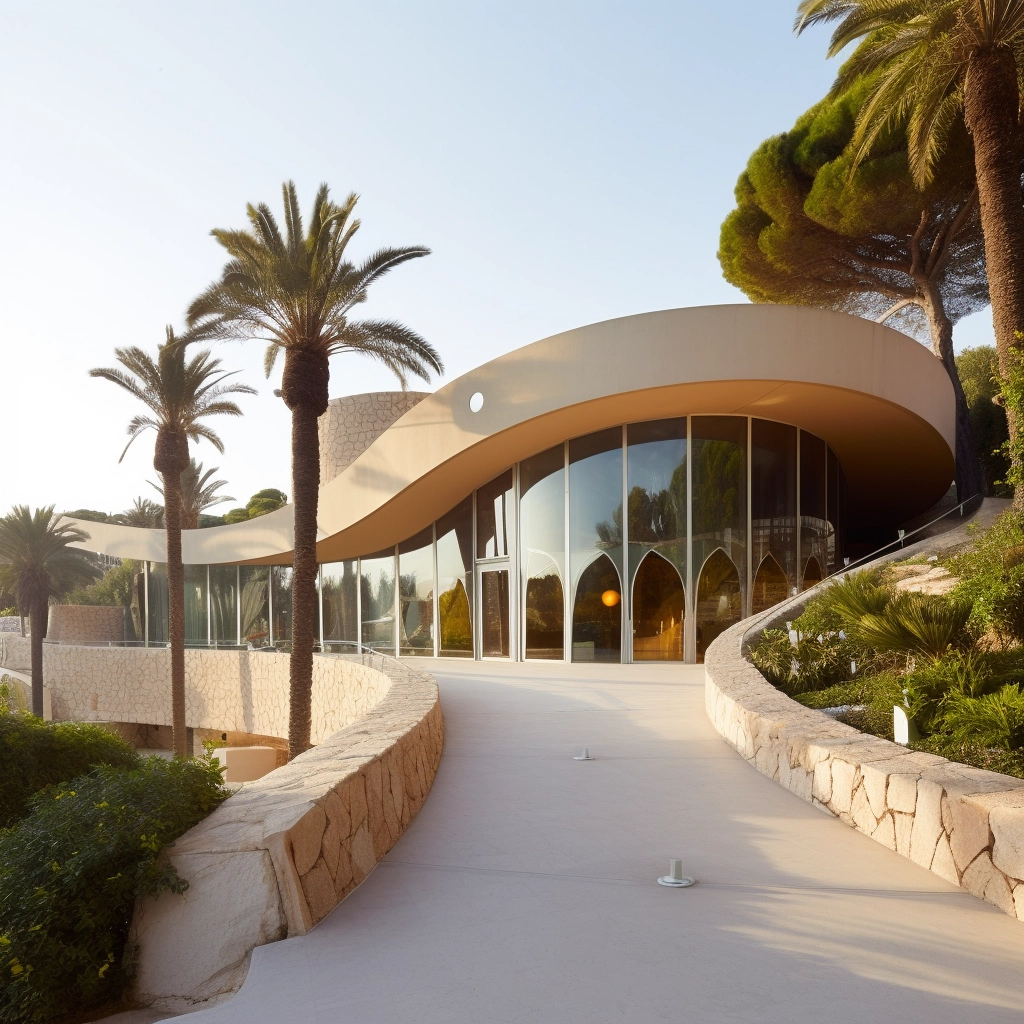
Cultural Fusion in Decor:
The diversity of design preferences across cultures can pose a challenge for AI, leading to cross-cultural misunderstandings. Yet, these hiccups become the catalyst for cultural fusion in decor. AI’s missteps encourage designers to blend elements from different cultures, creating harmonious and globally-inspired interiors.
Julien: With AI you are not trying to finish something. It gives ideas but it is rarely the final solution. It offers unexpected solutions that can change your mind design or it can quickly confirm that you are going in the right or wrong direction. The speed of AI is its biggest advantage.
From Design Bugs to Features:
Just as software bugs can lead to unexpected features, AI miscommunications in interior design often result in features that redefine the concept of a well-designed space. What might have been perceived as an error becomes an innovative design element that adds character and intrigue.
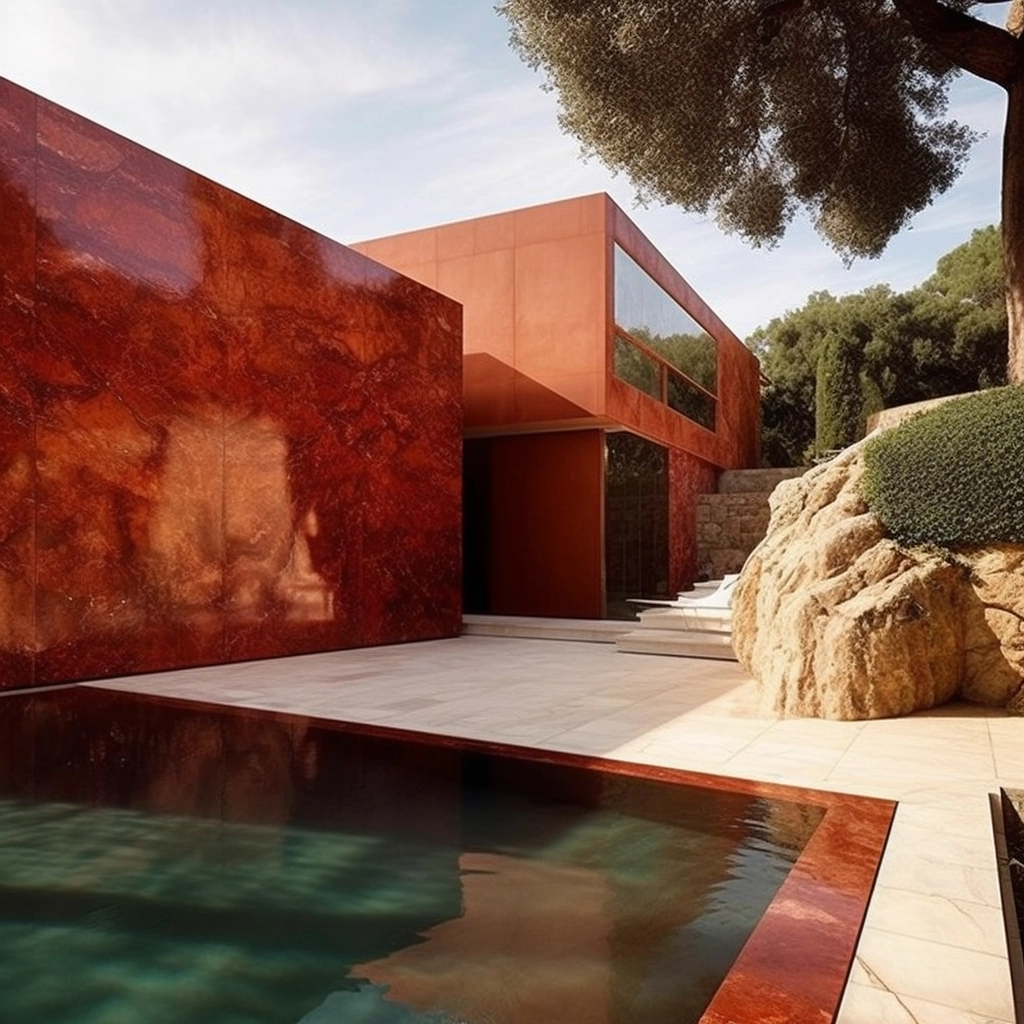
AI-Generated Artistic Accents:
AI’s struggle to fully grasp the intricacies of design intent has given rise to the creation of AI-generated artistic accents. From wall murals to bespoke furniture, these unique pieces showcase the collaborative dance between human creativity and the algorithmic twists introduced by AI misinterpretations.
Julien: One of the biggest issues of AI is that it does not count. Meaning you ask for two windows and it will give you three or none.
Revolutionizing Functional Spaces:
When AI misinterprets the functional requirements of a space, it prompts designers to rethink how spaces can be utilized. What may seem like an error in understanding the intended function often leads to innovations that revolutionize the way we use and experience different areas within a home.
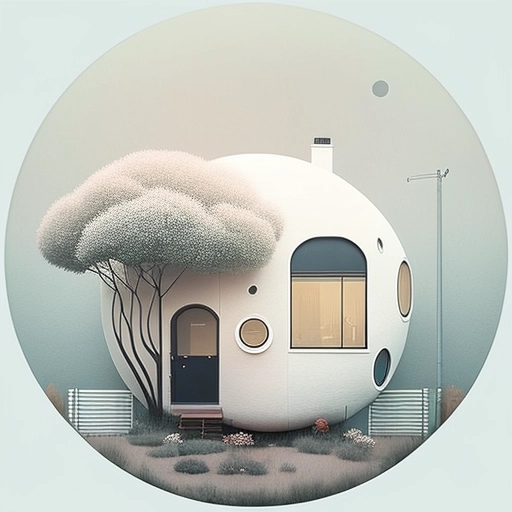
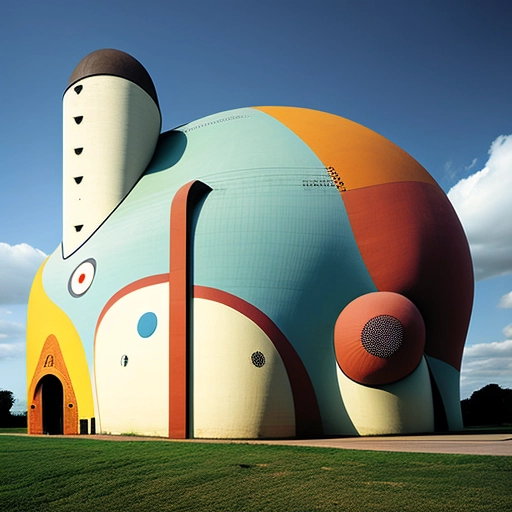
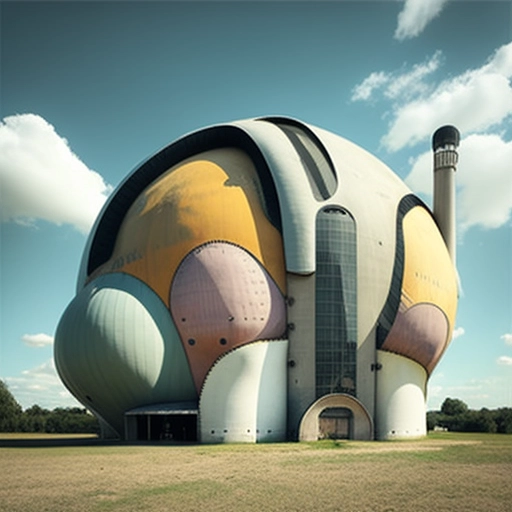
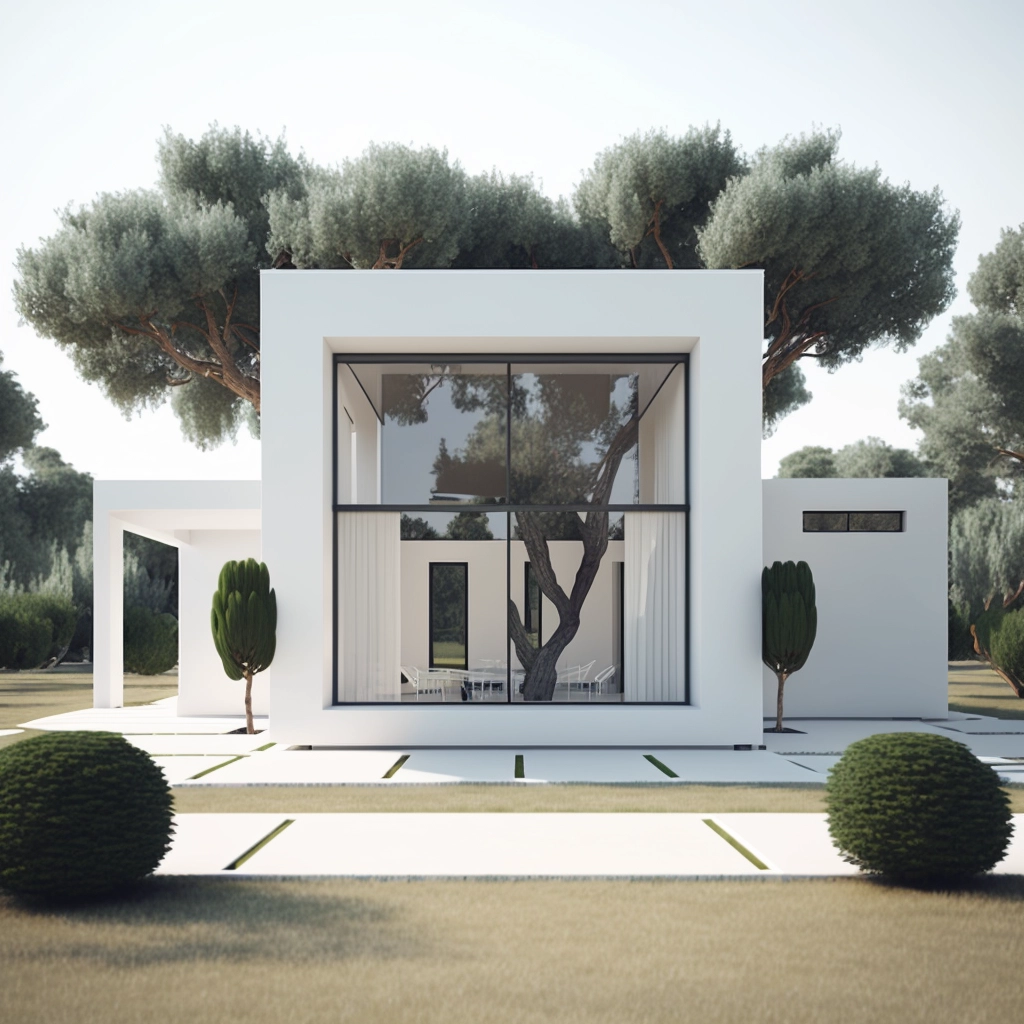
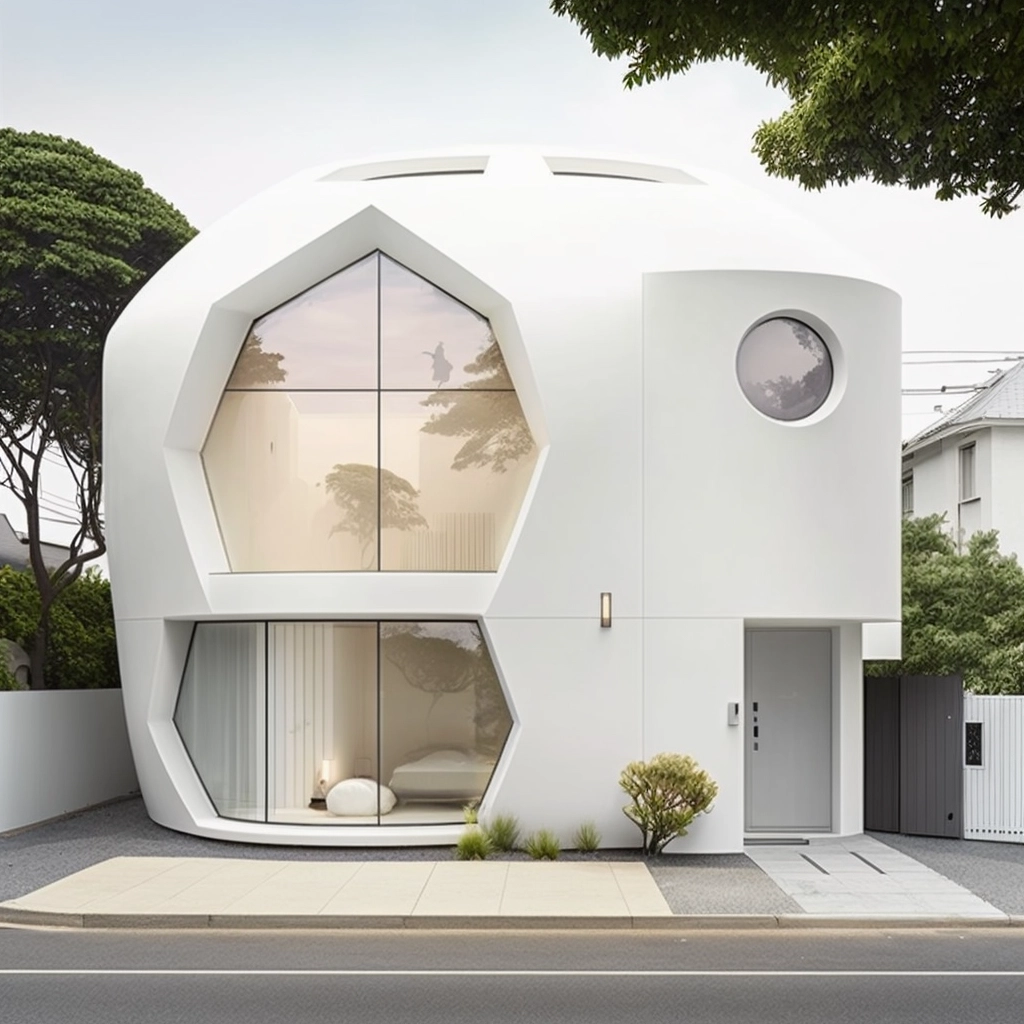
Embracing Imperfection in Design:
Rather than seeking flawless precision, the miscommunications between humans and AI encourage a newfound appreciation for imperfection in design. Spaces that incorporate unexpected elements become testaments to the beauty of embracing the unpredictable and the imperfect.
Julien: So far AI is a sophisticated mood board. It doesn’t give you what you want. I used to have to search what has already been done for inspiration using tools like pinterest but now I use AI more and more.
The Resilience of Creative Collaboration:
The journey of AI not fully understanding us unfolds as a testament to the resilience of creative collaboration. Designers and AI learn from each other’s missteps, forging a path of innovation that thrives on the unexpected, where every misinterpretation becomes a stepping stone to a more imaginative and boundary-pushing design.
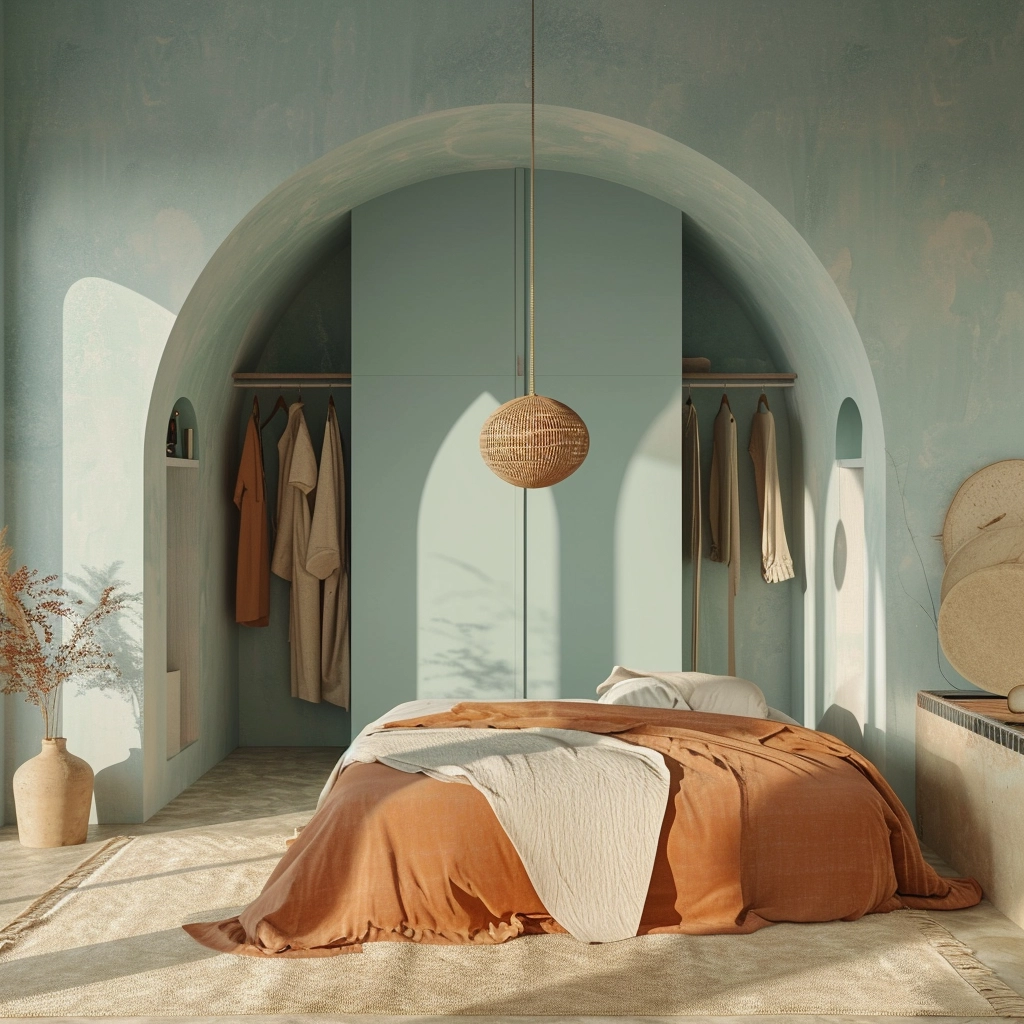
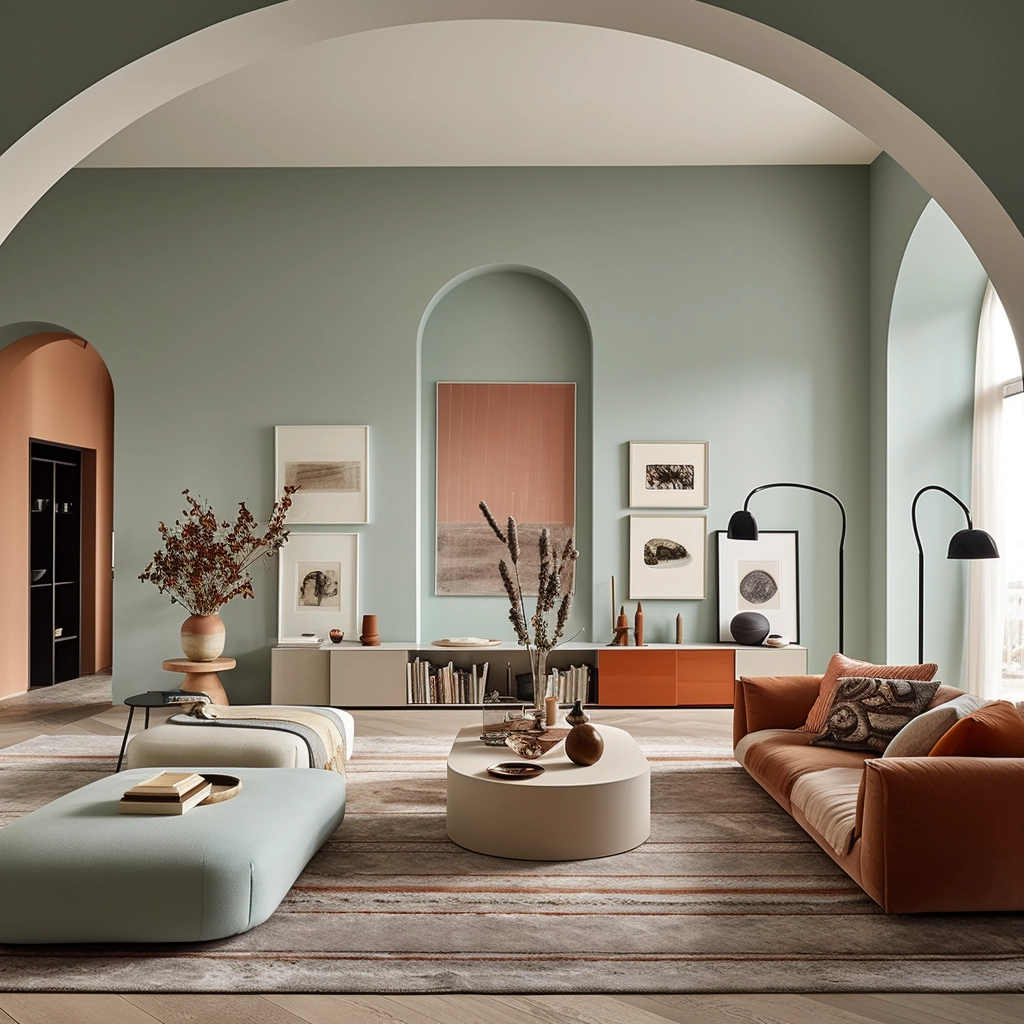
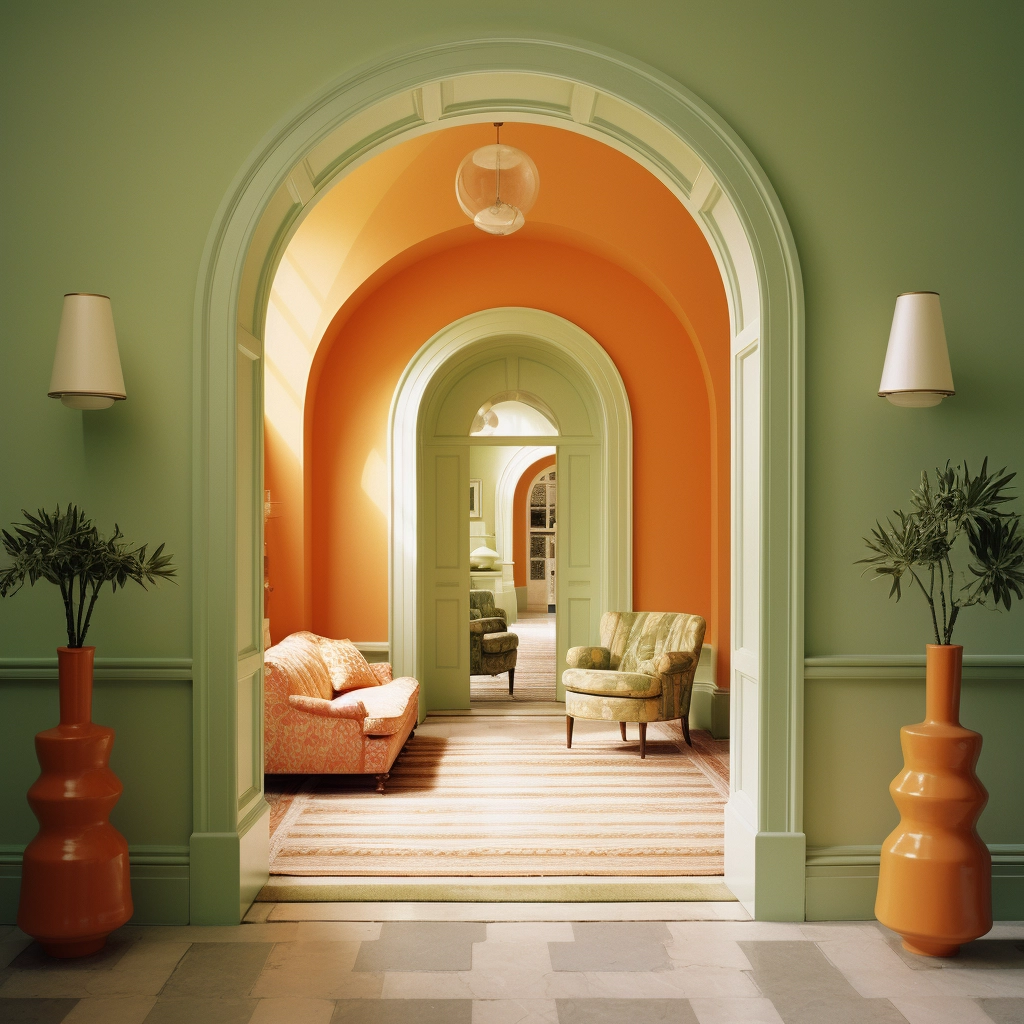
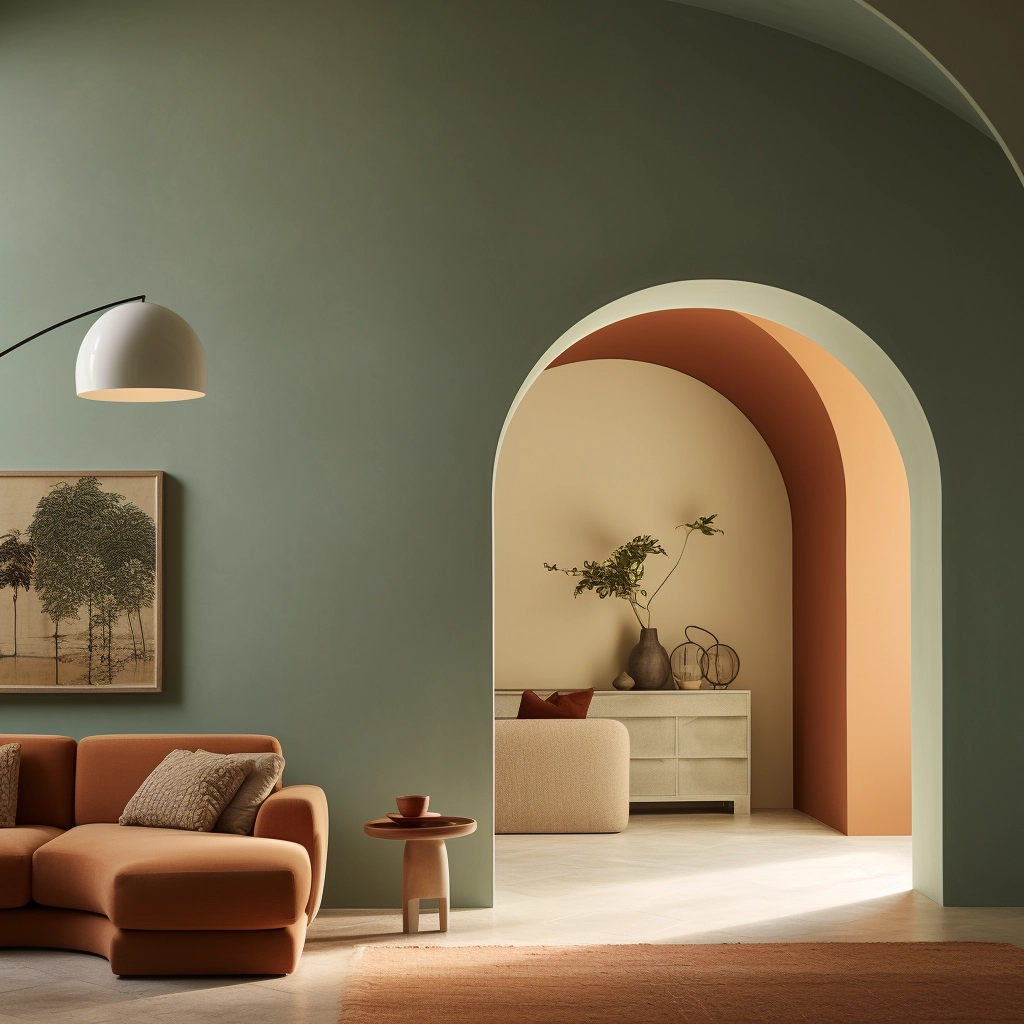
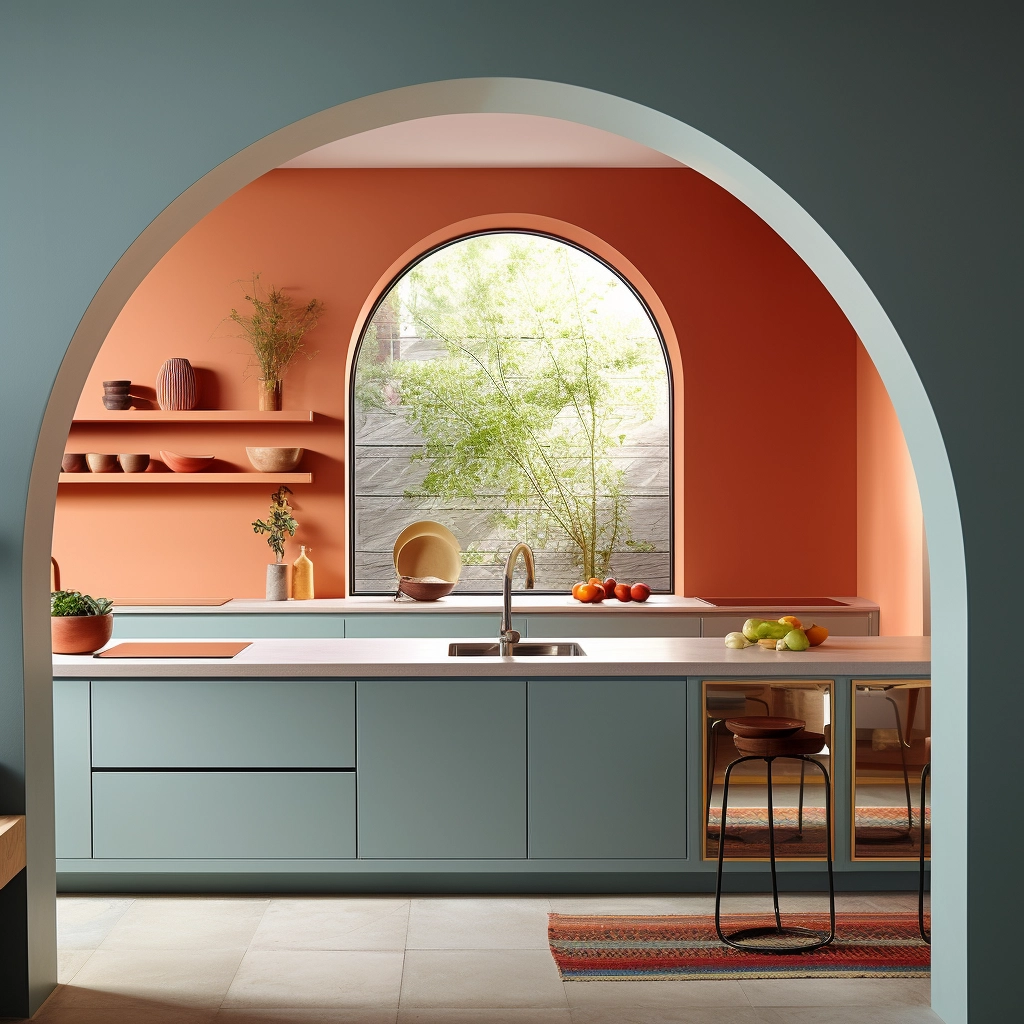
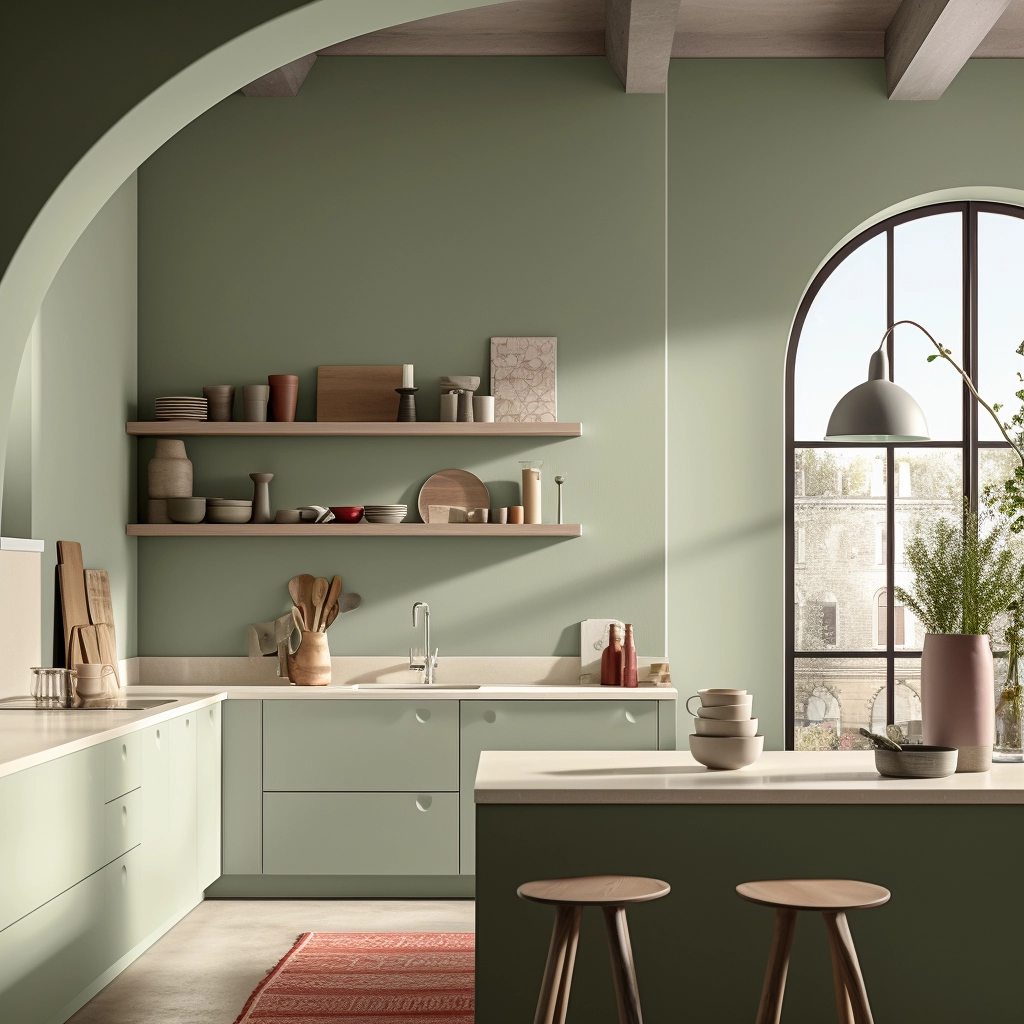
The AI revolution in interior design is not just a technological advancement; it’s a paradigm shift in the way we conceive, create, and experience our living spaces. As AI continues to push the boundaries of innovation, the future of interior design promises to be an exciting, and personalized, journey into the realms of creativity yet to be explored.
Julien: You don’t get to train the machine. The machine trains us. I have had to learn AI to get anything resembling my vision. AI can copy, and mix but it needs humans to feed it. It needs us to feed it. I don’t think AI will ever replace artists, or creative. It will be another tool that we will master but it will also change us like every tool before it.
In the realm of interior design, the moments where AI fails to fully grasp our design language are not stumbling blocks but rather the sparks that ignite the flames of boundless innovation. As the creative symphony between humans and AI plays on, the spaces we inhabit become canvases where AI miscommunications are not design flaws but strokes of brilliance that redefine the very essence of innovative interior design.
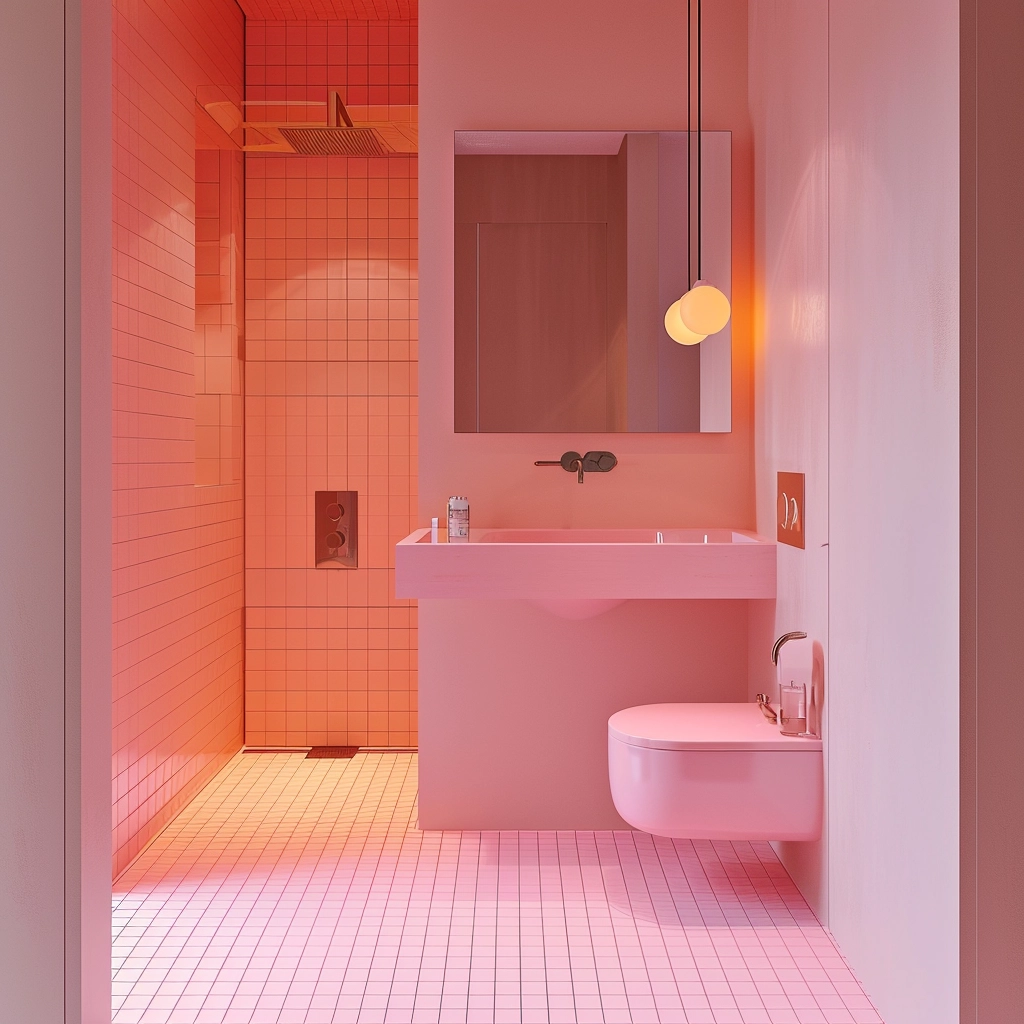
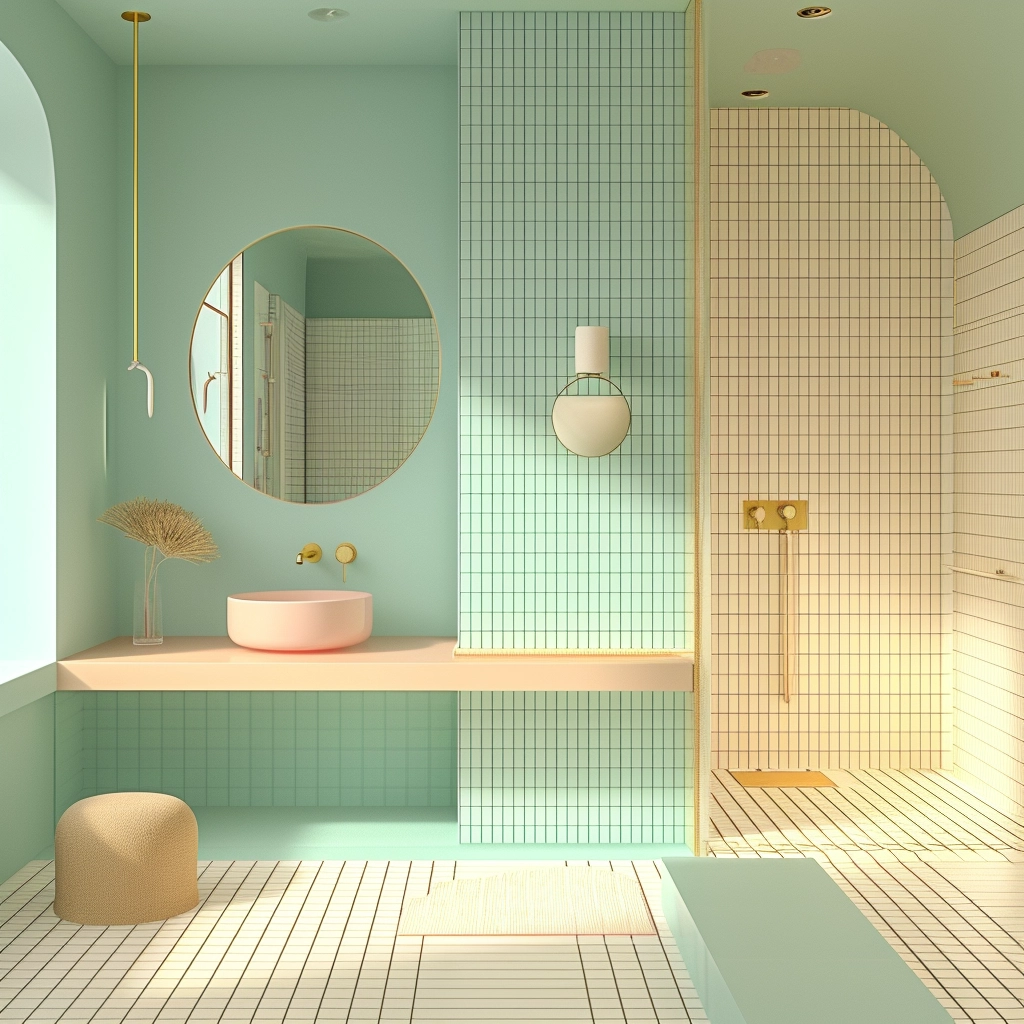
Want more: https://www.instagram.com/fr.ai.nd_2.0/. https://www.instagram.com/fr.ai.nd/
Share this post

